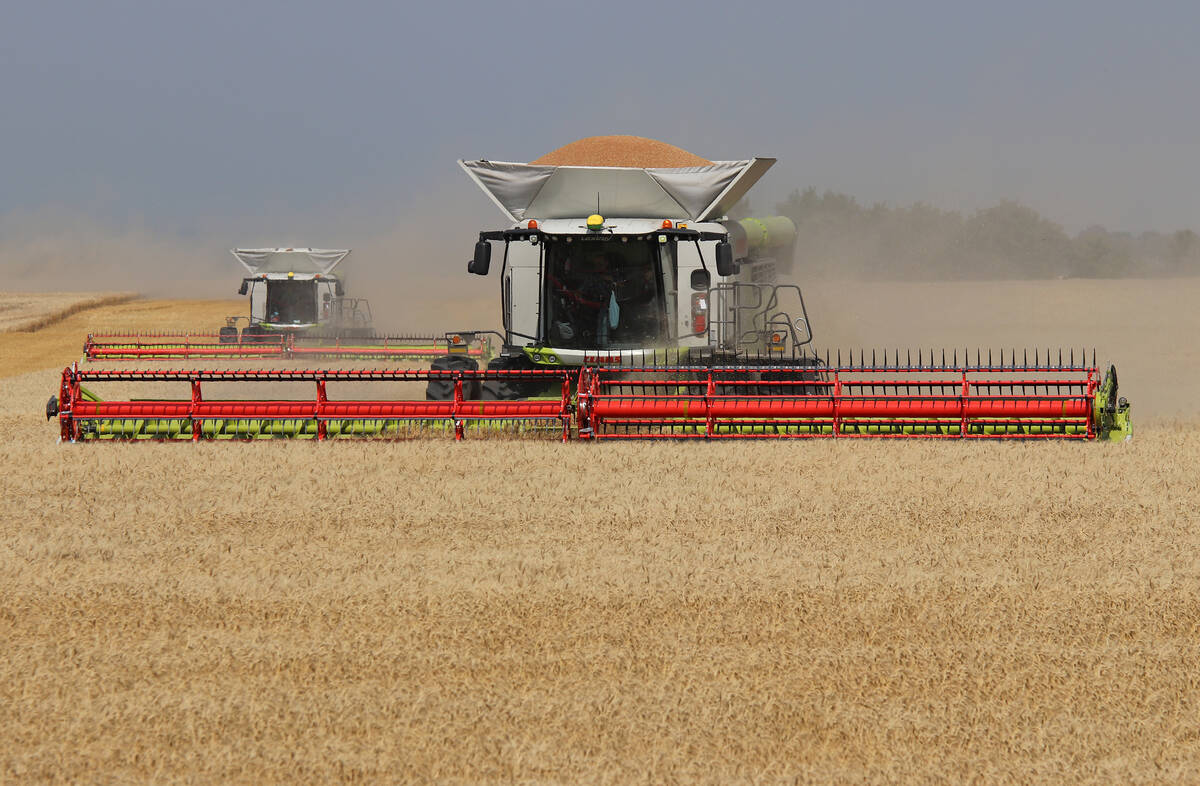Feed wheat and barley prices in Western Canada have slowly trended lower over the past few months, with prices for both grains now on par with imported corn from the United States into the key Lethbridge feedlot alley.
All three grains are trading at around $410 per tonne into Lethbridge, according to Jim Beusekom, president of Market Place Commodities. He noted that barley and wheat had been trading at a premium to corn, which led to feeders bringing in more corn while weighing on domestic prices.
Beusekom estimated that about 45 percent of the cattle being fed are using U.S. corn, rather than barley or wheat. Last year, considerably more corn was being fed because grain was scarce in Canada. This year, domestic grain is there but farmers are unwilling sellers at current prices.
Read Also

China’s grain imports have slumped big-time
China purchased just over 20 million tonnes of wheat, corn, barley and sorghum last year, that is well below the 60 million tonnes purchased in 2021-22.
Farmers typically don’t want to sell while the market is coming down, which will usually lead to a bounce.
“But this year is different. Instead of paying up for barley when they need it, the feedlots are just switching to corn,” said Beusekom, adding “feeders don’t switch just because of price, they switch because of availability.”
From a seasonal standpoint there tends to be a reduced feed demand in February and March as cattle are lighter, according to Beusekom. Weights and appetites usually pick up in spring, but cattle-on-feed numbers are also down this year, which he thought may limit potential price bumps.
Overall, he expected barley and feed wheat had more room to the downside and noted that while canola and other commodities have posted losses of 15 percent or more over the past month, barley was only down by five percent.
“There’s certainly a lot more downside to it… every other commodity out there has had a correction, except for feedgrains — the writing’s on the wall.”
While the 2023 crop has yet to be seeded, Beusekom advised producers to take a hard look at forward contracting some new crop given the likelihood of bids trending lower. In addition, current pricing opportunities remain some of the strongest ever, despite drifting off their highs.















